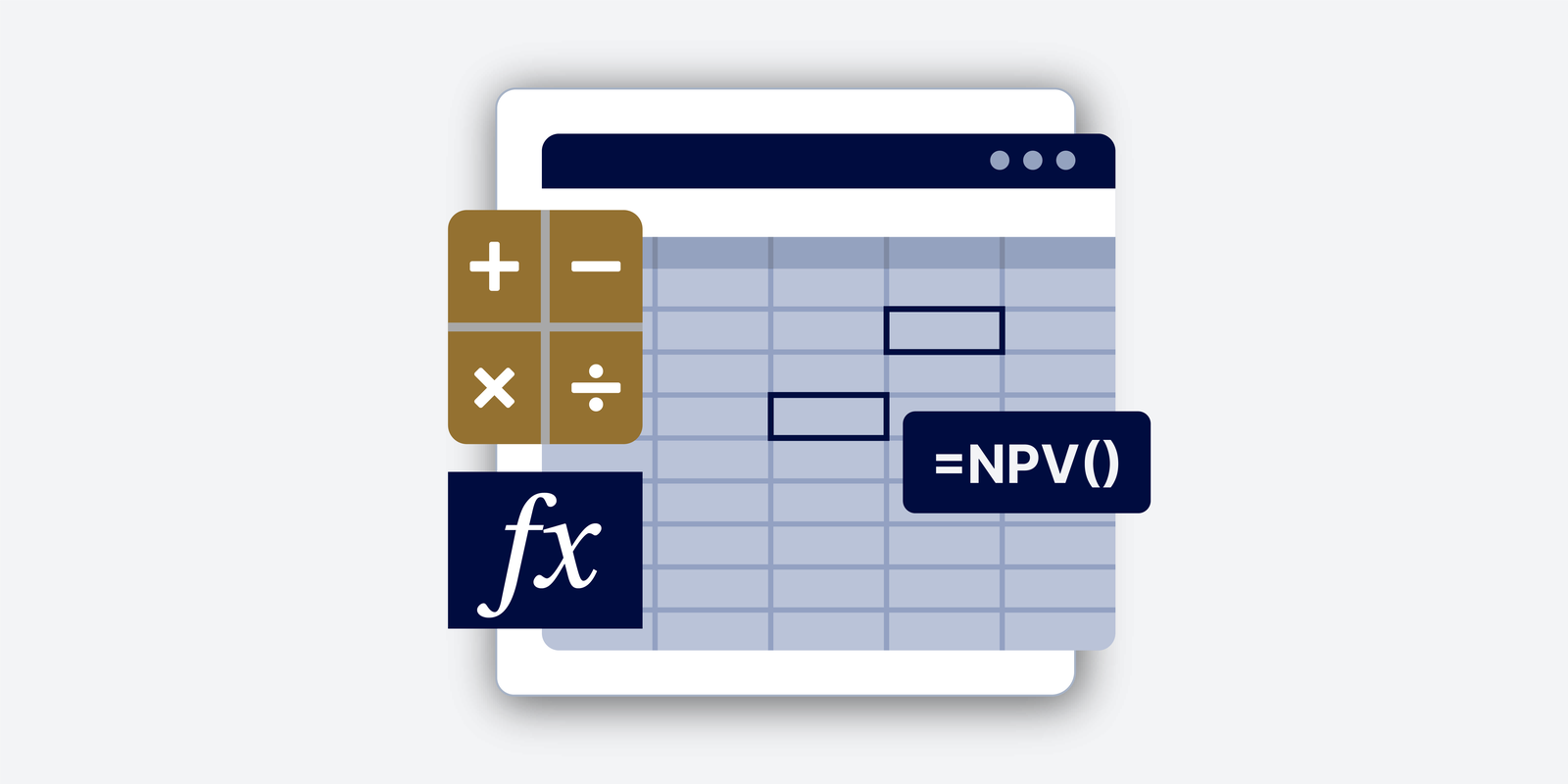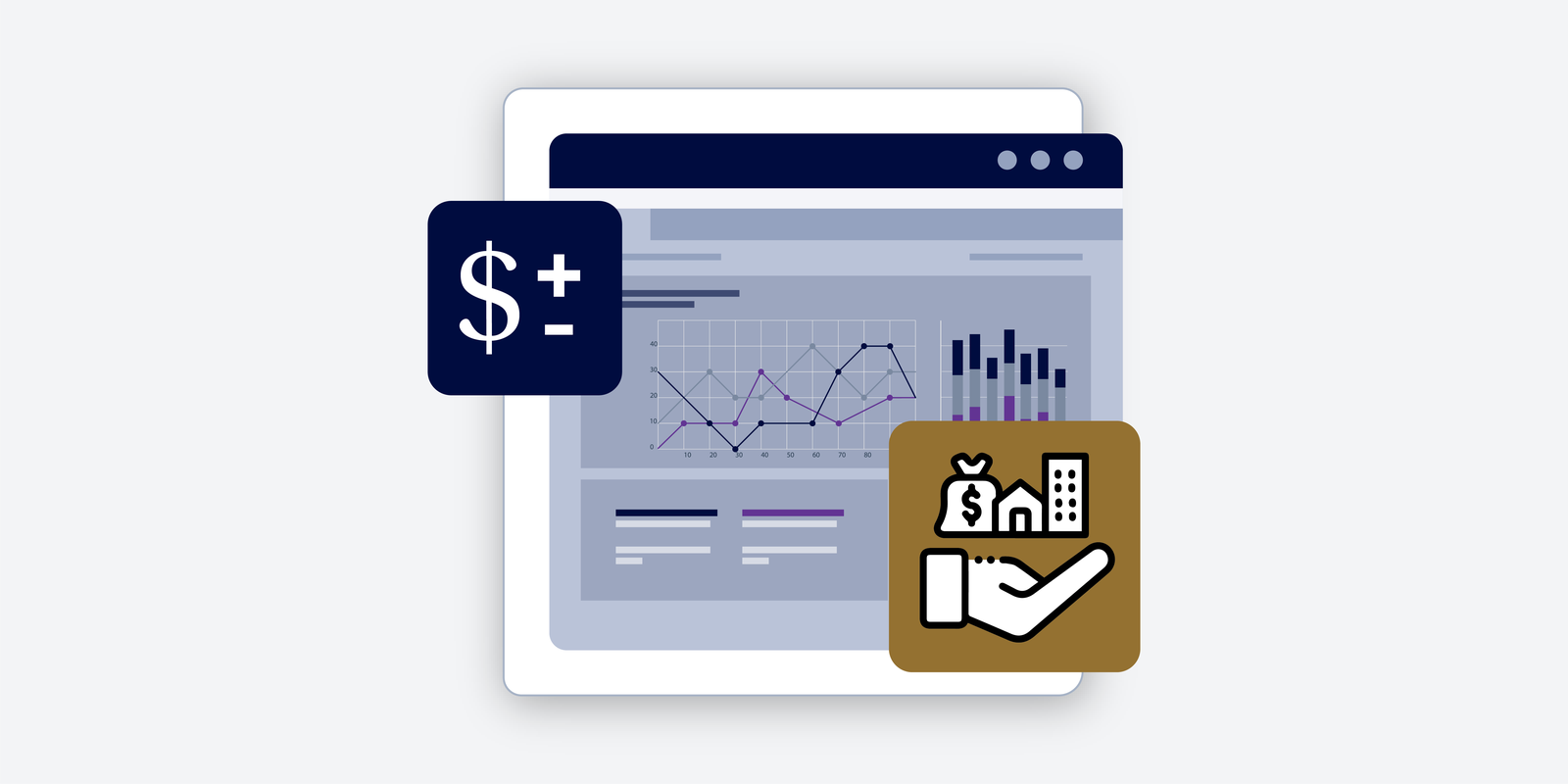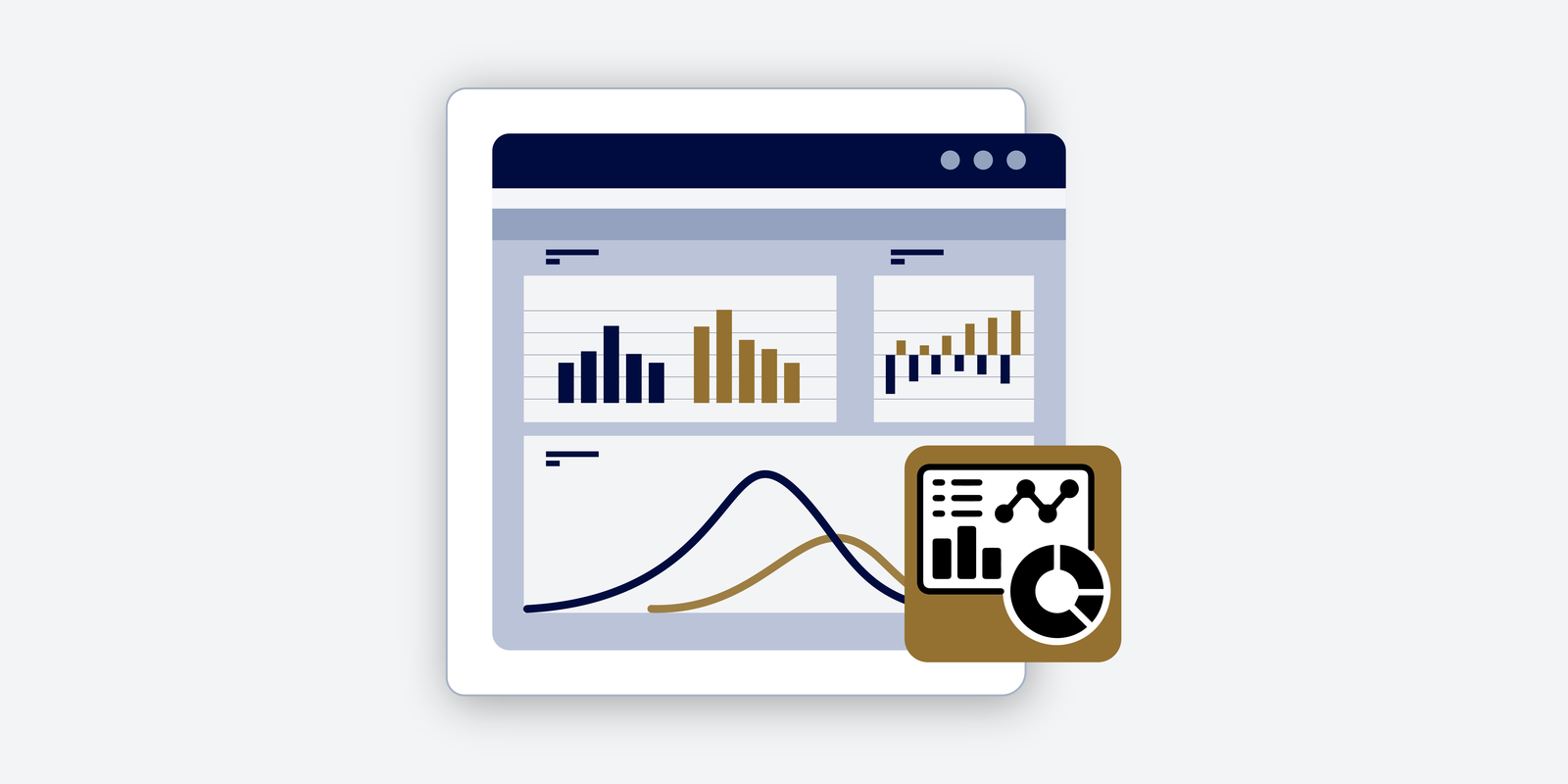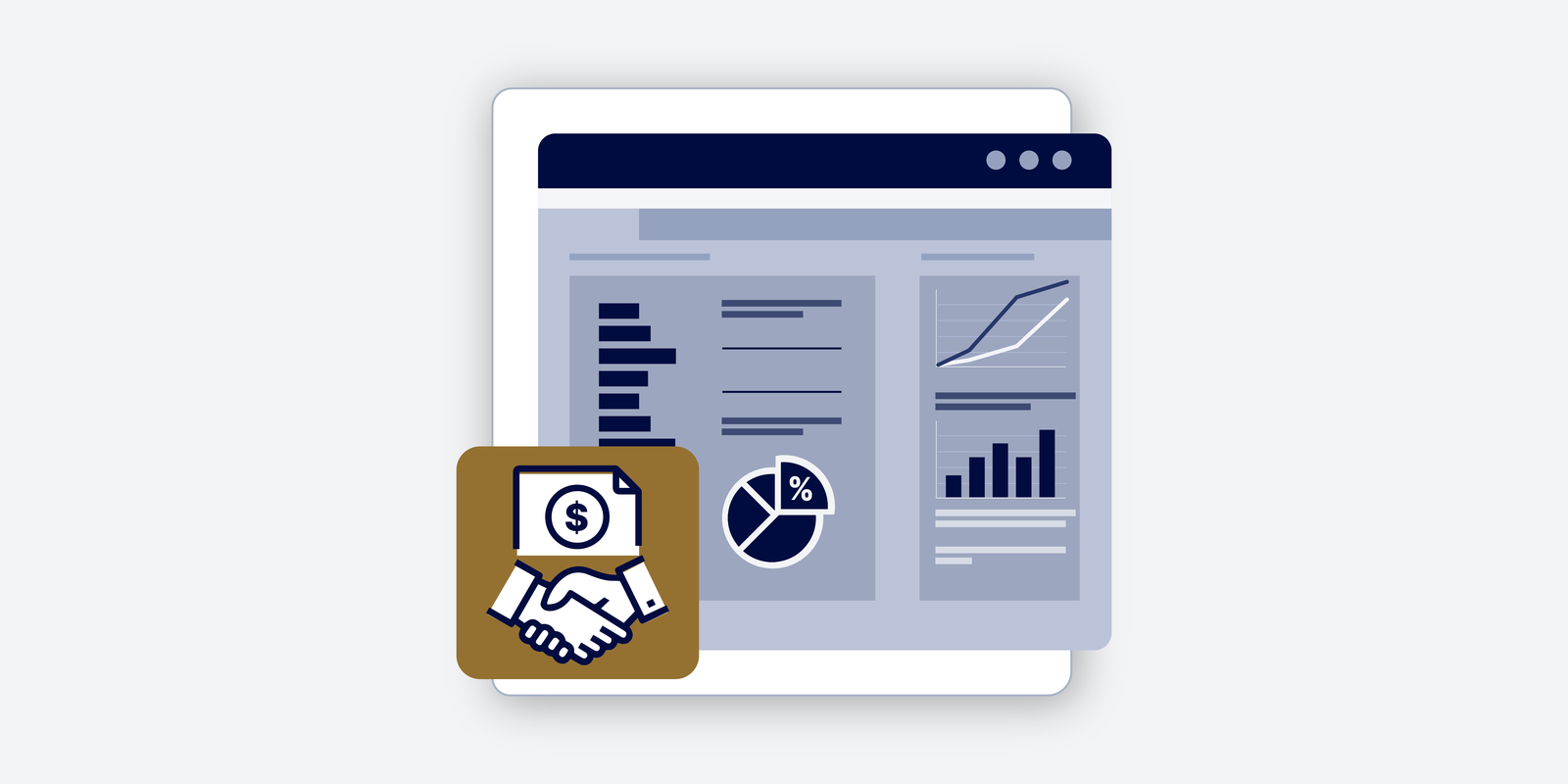Atomic Swaps
What are Atomic Swaps? Atomic swaps are automated, self-enforcing cryptocurrency exchange contracts that allow cryptocurrencies to be traded peer-to-peer without the need for a trusted third party. As of 2017, cryptocurrencies could only be traded and bought through platforms such as Coinbase, Kraken, Coinsquare, and more. Trade execution was anonymous, and not peer-to-peer until an…





